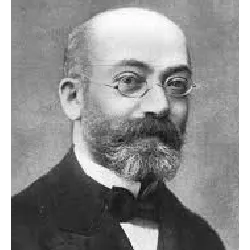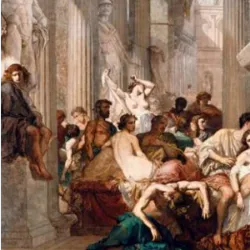Inclusion and Accessibility

The Braille system is a form of tactile writing developed for people with visual impairments, consisting of six dots organized into two columns of three dots. This code allows texts to be read and written, including signs exclusive to the Portuguese language. Created by Louis Braille in 1824, it was officially accepted in 1843. Braille, who became blind at the age of five, was looking for a way to expand access to knowledge for the visually impaired.
The system arrived in Brazil in the 19th century, being introduced by José Álvares de Azevedo, a student at the Royal Institute for the Young Blind in Paris, where Braille was being tested. In 1854, the Imperial Institute for Blind Boys, now known as the Benjamin Constant Institute, was founded in Rio de Janeiro.
Braille is read tactilely, from left to right, and can be unimanual or bimanual. Writing, on the other hand, although essential for autonomy, is more complex. Braille offers social inclusion, allowing greater accessibility and independence for the visually impaired. There are several courses and materials to learn the system, adapted to each person's level of difficulty.
Louis Braille died in 1852, but his legacy lives on, allowing millions of blind people around the world to have access to knowledge and education.
Did you know??













